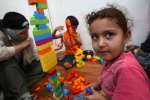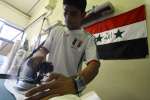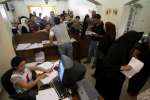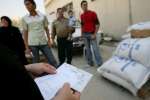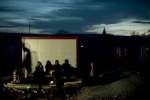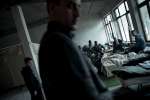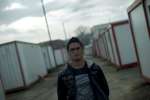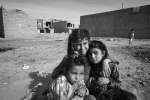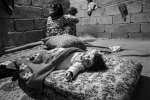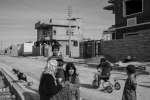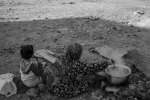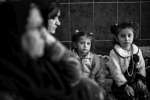Canadians' shoes are on the other foot now - in Rwanda
News Stories, 6 August 2008

OTTAWA, CANADA, Aug. 6 (UNHCR) – More than 4,000 refugees in Rwanda will no longer have to go barefoot, thanks to the generosity of Sole Responsibility, a Canadian non-profit organization that is once again helping UNHCR put shoes on refugees' feet.
"It will certainly be of great help to our refugees since it's now the rainy season and the refugees are in the wet and mud with no shoes," said UNHCR Representative in Rwanda Annette Nyekan, who was extremely pleased to hear some 4,100 pairs of shoes are on the way.
"I was trying since last year to find shoes for refugees in Rwanda," added Paul Ndaitouroum, UNHCR Senior Desk Officer in Geneva for Central Africa and the Great Lakes Region.
Sole Responsibility is a grassroots organization based in Ottawa whose mission is to provide footwear to the displaced people of the world. It collects gently worn running and walking shoes, and raises funds to ensure shipment to selected refugee camps.
"We are extremely grateful to Sole Responsibility for all the efforts made in collecting and donating shoes for refugees and displaced populations in different parts of the world and ensuring that they get to their destination," said Abraham Abraham, UNHCR's Representative in Canada. "The shoes will allow and encourage refugee children to go to school, play and feel dignified and cared for."
Since its first shoe collection in 2005, Sole Responsibility has collected close to 15,000 pairs of shoes and has worked with UNHCR send the shoes to places where they are needed most.
For the past three years, beneficiaries of this programme have been internally displaced people (IDPs) and refugees in Chad and Sudan's Darfur region. In 2007, priority was given to refugees and IDPs in the Goz Amir Refugee Camp in eastern Chad after a fire destroyed hundreds of refugee shelters.
Sole Responsibility shoe collections are organized in collaboration with schools and running clubs; shipping costs are covered by asking people to donate cash along with the shoes.
After four successful campaigns, Sole Responsibility is already looking forward to next year's drive. "People here are eager to help and are very appreciative of UNHCR's work in the field," says Sole Responsibility's representative Jennifer North. "We really enjoy doing this project and we think we can expand it, both geographically and with items that we are collecting,"
By Gisèle Nyembwe in Ottawa, Canada











